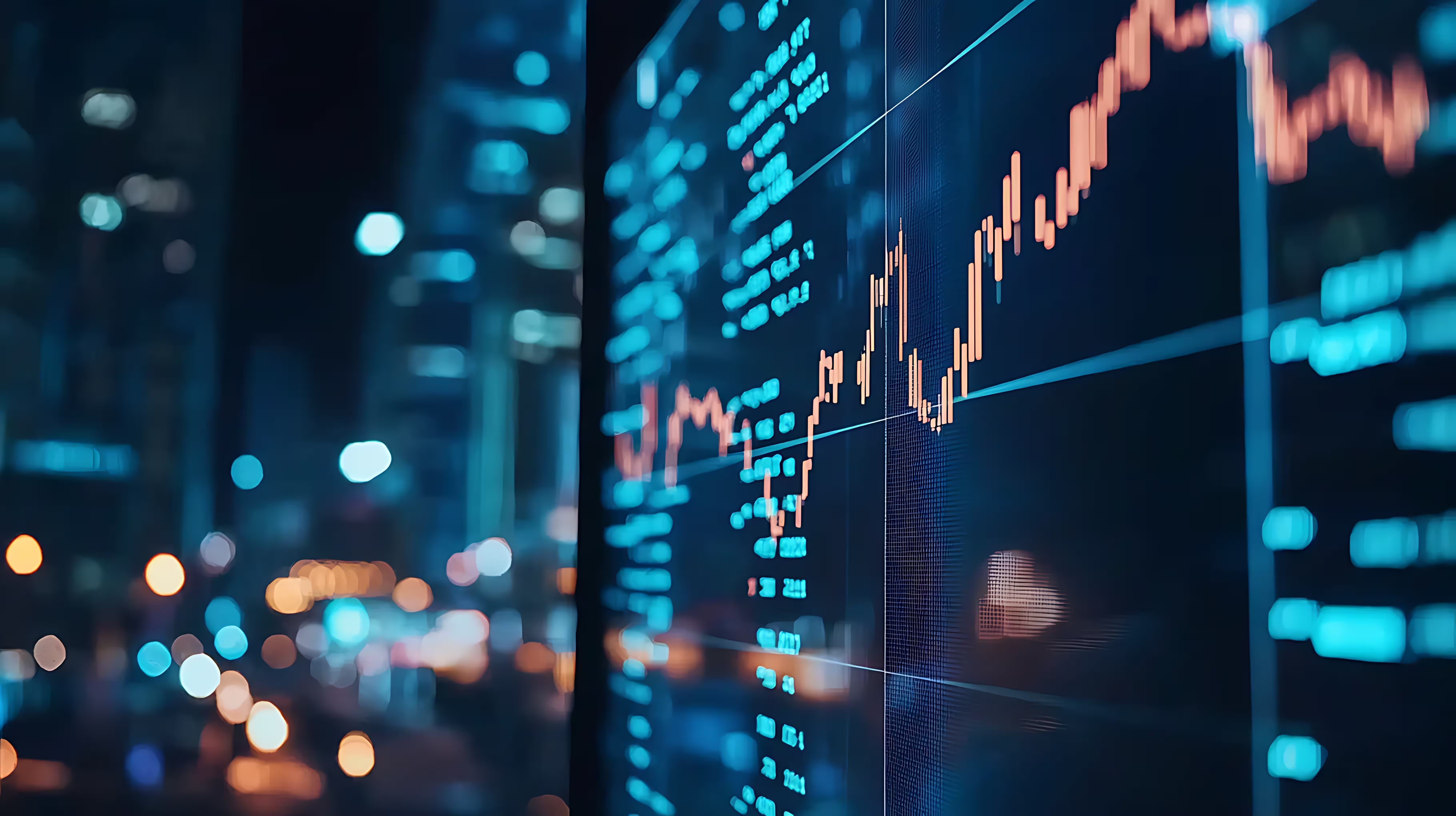Liberation or Liquidation Day?
Market Reaction – Post-'Liberation Day' (April 2, 2025)

- S&P 500 plunged ~12% following the announcement, with a modest rebound in later sessions.
- 10Y Treasury yields surged on renewed inflation fears and a sharp bond sell-off.
- USD Index slipped below 100 as “Sell America” trades gathered pace.
Global Equities Under Pressure – Is it Time to Step Back or Stay In?
Markets reeled. But beneath the volatility lies a deeper question for investors.
Is this a time to liquidate in fear—or a moment to refocus on long-term fundamentals? The antidote to panic is discipline: diversification, valuation focus, and long-term perspective. History has shown that walking away from global equity exposure in moments like these often means missing the recovery that follows.
Investor Sentiment and Forecast Revisions
Investor sentiment has been further dampened by the volume of recession warnings across financial media. However, it’s important to recognize that forward earnings estimates and index targets are typically reactive to macro developments and investor psychology, rather than predictive of long-term fundamentals.
As of mid-March 2025, the median year-end target for the S&P 500 stood at 6,600. Following the tariff announcement on April 2nd, that figure was revised down to 5,950—a roughly 10% decline. Notably, consensus EPS forecasts for 2025 also edged lower from $271.05 to $268.49 (FactSet, April 12, 2025), underscoring how quickly sentiment can shift in response to policy-driven uncertainty rather than actual earnings deterioration.
Global Growth Is Slowing, Not Reversing
Yes, the International Monetary Fund trimmed global GDP expectations from 3.3% to 2.8% for 2025. That’s not insignificant—but it’s also not a contraction. The world economy continues to expand, even if more unevenly. Central banks outside the U.S. retain monetary flexibility. Trade flows are recalibrating, not collapsing. Investors who look through the noise will see that structural demand, innovation, and capital formation remain intact.
Corporate Resilience Is Being Underestimated
The narrative around tariff damage often ignores how adaptable global companies have become. From Latin America to Southeast Asia, firms are actively re-routing supply chains, managing input costs, and protecting margins. In sectors like industrial tech, digital infrastructure, and energy transition, earnings growth remains durable—if not accelerating. Investors should be wary of lumping all “non-U.S.” assets into one risk bucket.
Valuation Gaps Offer Long-Term Opportunity
Markets have already repriced a great deal of pessimism into global equities. Consider the current forward P/E ratios:
- U.S. (S&P 500): 20.5x
- Europe ex-UK: 14.5x
- U.K.: 11.9x
- Japan: 13.8x
- Emerging Markets: 11.0x
These aren’t just numbers; they signal long-term return potential. While the U.S. trades near historical premiums, many international markets offer significant valuation discounts with improving fundamentals. This is not a time to liquidate that exposure. This is a time to lean into it—with selectivity and conviction.
Diversification Is a Risk Tool, Not an Optional Feature
Tariffs are a form of regional political risk. Concentrating equity exposure in one country—especially the one initiating trade barriers—magnifies that risk. A globally diversified portfolio is not only prudent, it’s protective. It helps smooth volatility, capture differentiated growth, and avoid overreliance on any single policy regime.
Positioning with Purpose
In today’s environment, capital should flow toward companies with strong balance sheets, pricing power, and durable market leadership. These are the types of businesses that weather geopolitical uncertainty and emerge stronger.
Defense-related equities are also worth close attention. With rising geopolitical tension and a notable shift toward higher military spending across NATO and Asia-Pacific economies, defense budgets are expanding. Companies in this space are well-positioned to benefit from long-cycle demand and may offer a defensive counterbalance to broader volatility.

